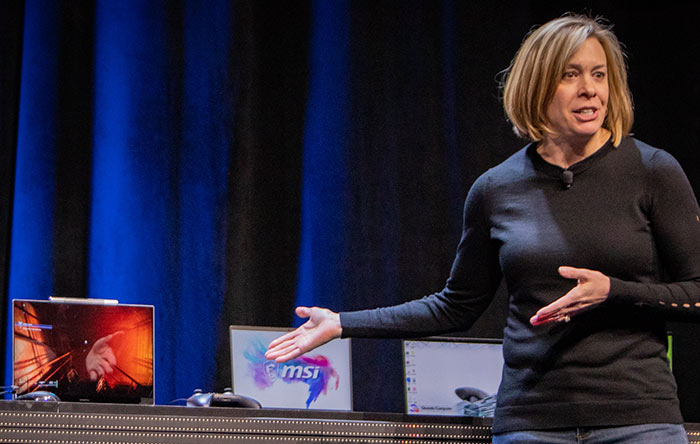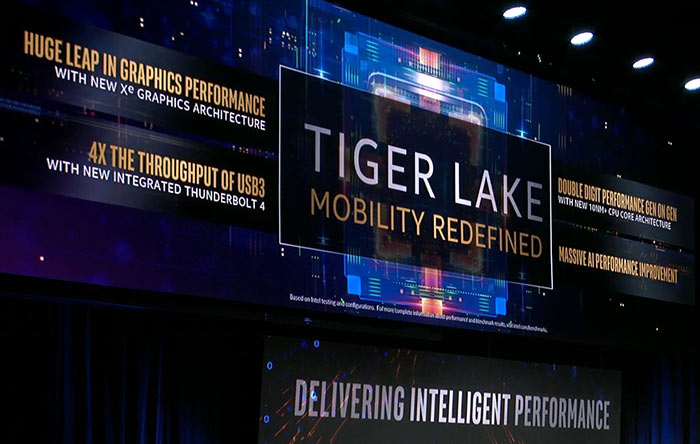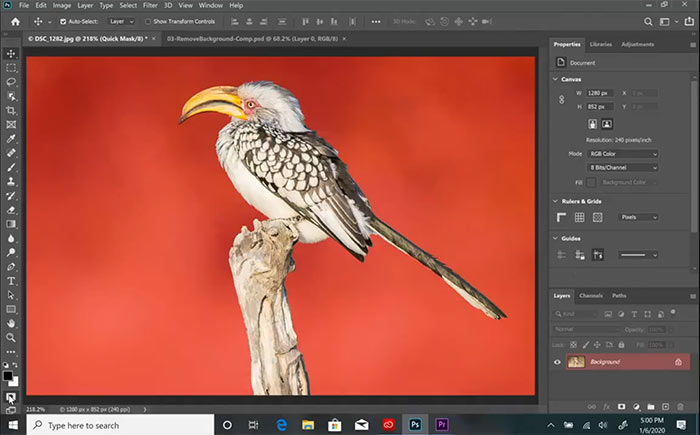Intel's presence at CES 2020 hasn't been a significant source of excitement among the PC community. Looking at its event schedule you can see a selection of conferences about AI and automotive type projects. However, we did see the Ghost Canyon NUC, Comet Lake-H processors, and a Tiger Lake processors tease yesterday. The iconic chipmaker has now followed up with some more details on a couple of projects that are big blips on PC enthusiasts' radars; the DG1 discrete graphics card, and the 10nm+ Tiger Lake CPUs.

Intel Vice President of Architecture for Graphics and Software Lisa Pearce took to the stage during the Innovation through Intelligence news conference. Pearce announced that she would provide a live demo of DG1, Intel's first discrete graphics card which will be based upon the Xe architecture.

It so happened that the demo was already running on one of the laptops that had been on stage since the start of the presentation. A laptop with a games controller sat next to it was said to be running Destiny 2. A short segment zoomed into the demo but it's hard to say much about image quality and frame rates from the projected image recording.

Before exiting stage left, Pearce promised that there was a lot more to come from Intel Graphics this year.
Moving along, Client Computing Group EVP Gregory Bryant showed off Tiger Lake on stage. It was also running on one of the laptops in the background of the ongoing presentation, and on a foldable screen device dubbed 'Horseshoe Bend'. The tiny processor was shown on an impressively small U-series motherboard, which I'd say was about 7 inches (or 175mm) long and about 1 inch (25mm) wide.
Intel asserts that Tiger Lake will deliver "double-digit performance gains, massive AI performance improvements, a huge leap in graphics performance and 4x the throughput of USB 3 with the new integrated Thunderbolt 4". You might be wondering - what is the use of AI on a laptop? Intel wheeled out Adobe Evangelist Jason Levine to talk about the creative app acceleration which can be derived from dedicated AI processor hardware.

If you check out this Twitter embedded video shared by Intel you can see a thin and light PC making intelligent selections. An animal photo was selected by Levine and the Adobe Sensei powered app took just seconds with "every strand of hair, every piece of fur" craftily cut out from the background (as below). That could be a great one-click time saver for production Photoshop users.














